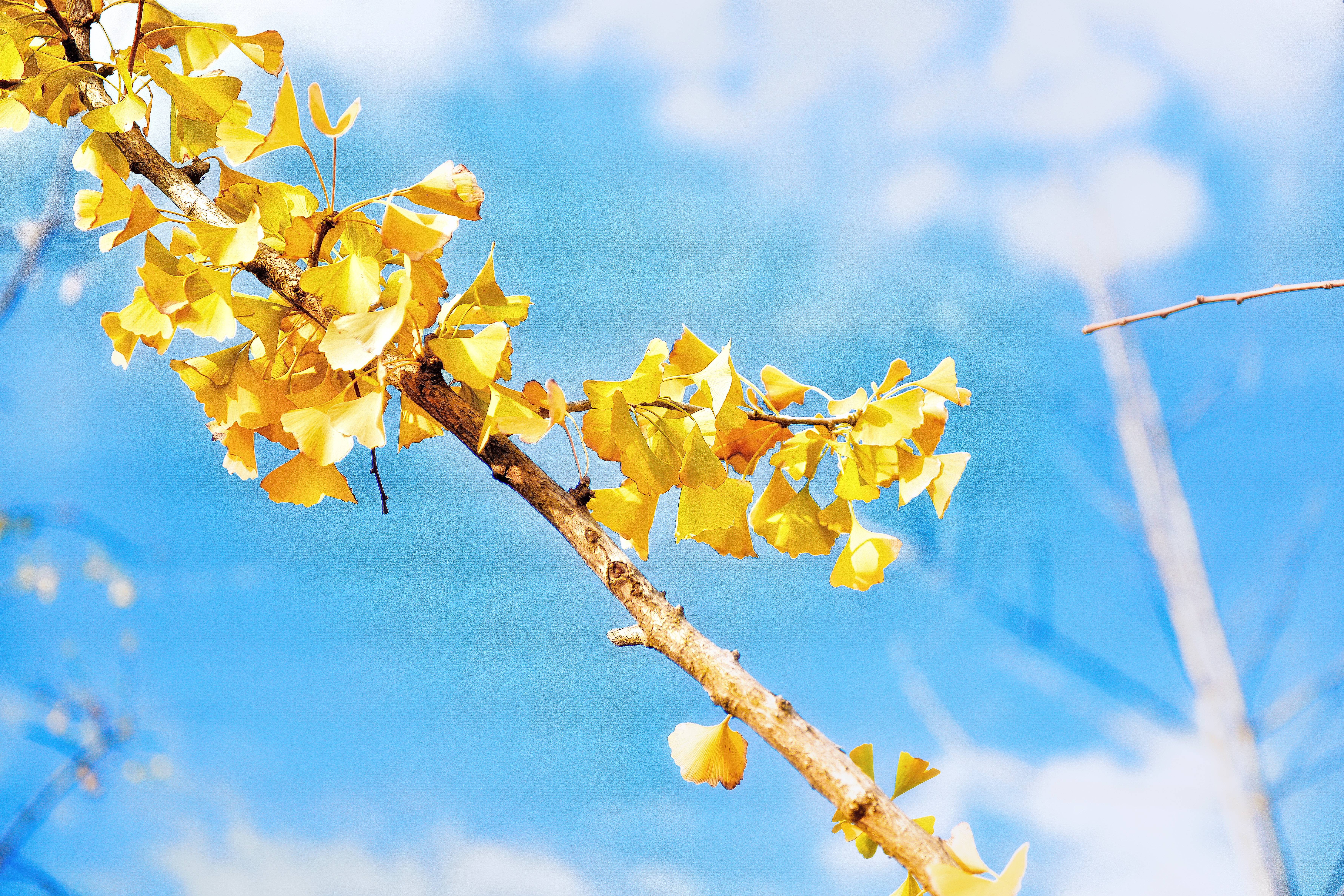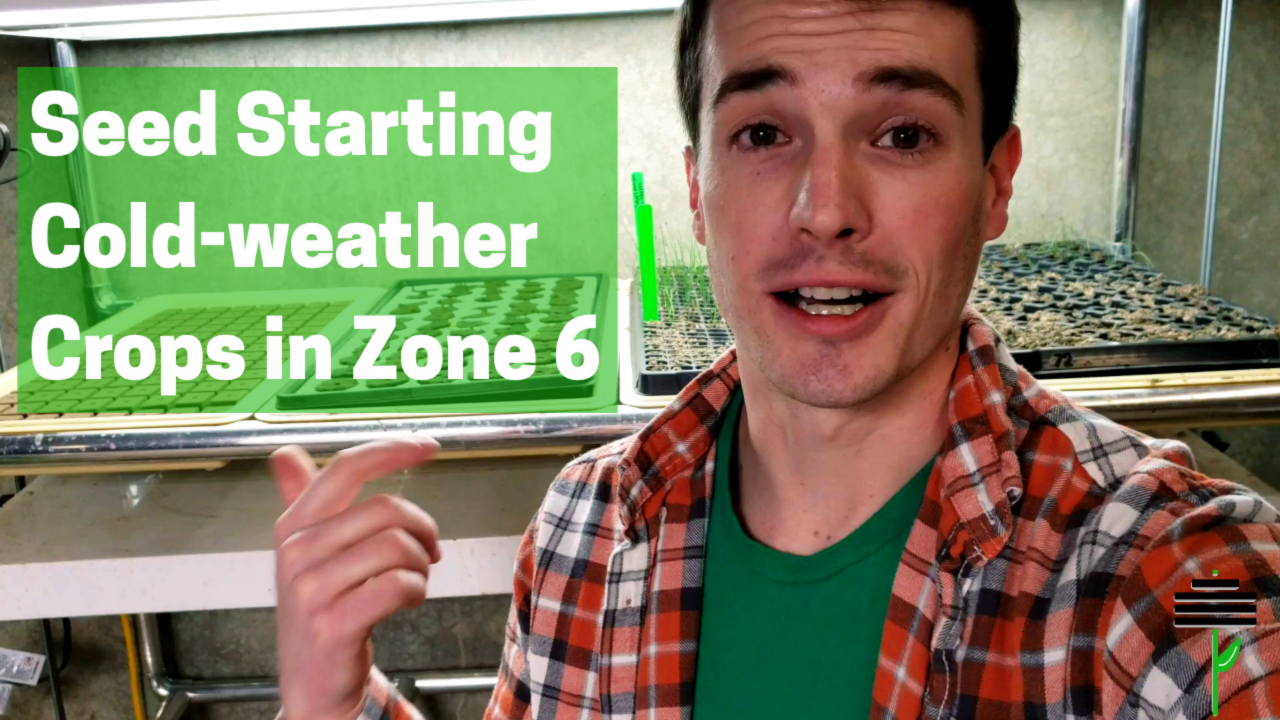
Mycorrhizae has been a hot topic in horticulture for a while and I had become familiar with it through products like Grotabs. I became completely obsessed with how fungi or bacteria could be beneficial for plants, but the more I thought about it, the more it made sense. We have beneficial bacteria in our gut that help us break down & process foods, and that’s the same basic mechanism that soil-borne fungi or bacteria have – they work as pre- or probiotics for the plants, providing them with nutrients and protecting them from disease.

Grotabs are great because they contain mycorrhizae, fertilizer & Trichoderma (see bottom of this blog for more information on definitions for endo- & ecto-mycorrhizae, Trichoderma, etc) but they’re perfect for transplanting flowers or shrubs in your landscape, or for the veggies you plant in your garden. The downside to traditional Grotabs is that they come in tablet form (although they do make GroTab Powder), they contain fertilizer (although there are some giant buckets of GroTab Microbial-only Powder), and many growers may just want Mycorrhizae only so that they can fertilize with their own fertilizer of choice. Personally I love GroTabs for transplanting my veggies, but I also love fertigating with Neptune’s Harvest Hydrolyzed Fish & Seaweed fertilizers.
Some great options for growers who are looking for Mycorrhizae-only are listed below with a description of uses & key points.
- UE1 – MycoApply® Ultrafine Endo Mycorrhizae
- 4 species of endomycorrhizal fungi
- 130,000 endomycorrhizal propagules per pound
- OMRI-listed Organic
- UEE1 – MycoApply® Ultrafine Endo/Ecto Mycorrhizae
- 4 species of endomycorrhizal fungi & 7 species of ectomycorrhizal fungi
- 130,000 endomycorrhizal and 110 million ectomycorrhizal propagules per pound
- OMRI-listed Organic
- Application rates are same for UE1 & UEE1: MycoApply® Ultrafine Endo/Ecto is a suspendable powder mycorrhizal inoculant that can be sprayed onto bare roots, used as a root dip, drenched into porous soils, hydromulched, or blended into potting media. The goal is to create physical contact between the inoculant and the growing roots. Use higher rates for propagation or high-stress circumstances.
- SMAXX1 – MycoApply® Soluble MAXX Mycorrhizae
- This product is like GroTabs on steroids – less fertilizer, but more beneficial fungi, bacteria, & natural growth hormone precursors
- Combination of:
- 1-0.5-1 fertilizer analysis
- 9 species of endomycorrhizal fungi & 10 species of ectomycorrhizal fungi
- 2 trichoderma species
- 12 species of beneficial bacteria
- Blend of: Kelp, Humic Acids, & vitamins
- 30,000 endomycorrhizal and 1-1/2 billion ectomycorrhizal propagules per pound
- MycoApply® Soluble MAXX is best used with applications that create physical contact between the roots and inoculant. MycoApply Soluble MAXX can be applied to established plants including nurseries, ornamental seedbeds, propagation trays, or field grown plants, as well as new seedlings and transplants. Applications can be made through drenching, soil injection, or root spray applications to achieve the best contact with the roots to optimize plant benefits. Applications can be made at any time the root systems are active. Additional applications may be required for stressed plants. Use filters or screen no smaller than #50 mesh when using application equipment.
Endo vs Ecto Mycorrhizae: The key difference between ecto-mycorrhizae and endo-mycorrhizae is that the fungal hyphae do not penetrate into the cortical cells of the plant roots in ectomycorrhizae while the fungal hyphae penetrate into the cortical cells of the plant roots in endomycorrhizae. In other words – Endo grow into the root cells and Ecto grow outside the roots.
Endo=into, Ecto=exit
Benefits of Trichoderma
- Disease Control: Trichoderma is a potent beneficial fungus and used extensively for prevention & control of soil-borne diseases. It has been used successfully against pathogenic fungi; Fusarium, Phytopthara, Scelerotia.
- Plant Growth Promoter: Trichoderma strains chelate & solubilize phosphates and micronutrients.
- Drought-Tolerance – Increases the number of deep roots, increasing plant’s ability to resist drought.
- Biochemical Elicitors of Disease: Trichoderma is known to induce disease-resistance in plants. Three classes of compounds that are produced by Trichoderma and induce ethylene production, hypersensitive responses and other defense related reactions in plant cultivars.
The best way to ensure a strong garden is by giving your plants the best chance to succeed. Mycorrhizae and Trichoderma will work as a shield from pathogens such as pests, fungus, or disease for your plants’ root zones. Plus, it will help you reduce the amount of fertilizers you will need to use, while also making your plants more drought resistant – and overall, giving you the healthiest plants possible that will grow into a lush, productive garden in your backyard or balcony.
Happy Gardening 👨🌾








